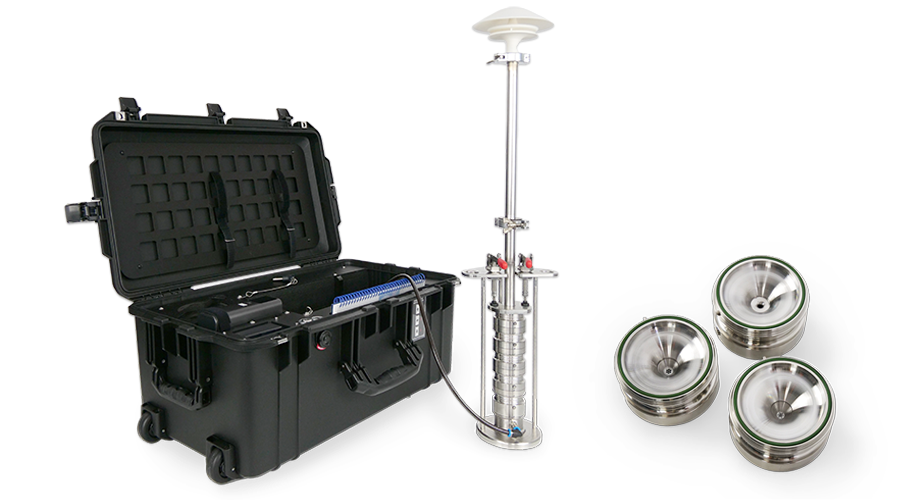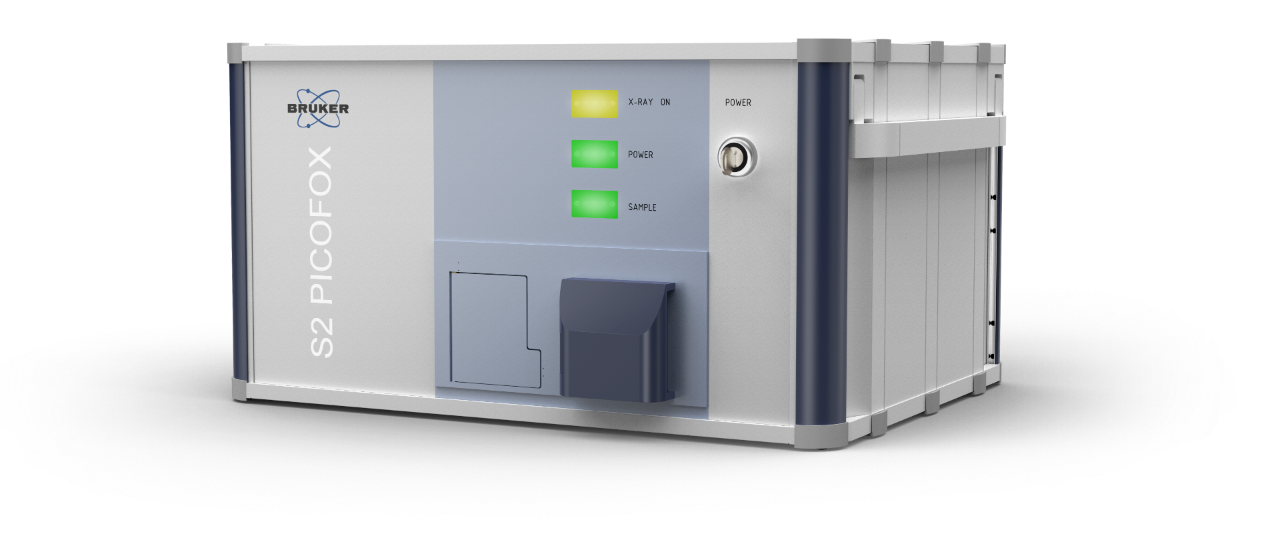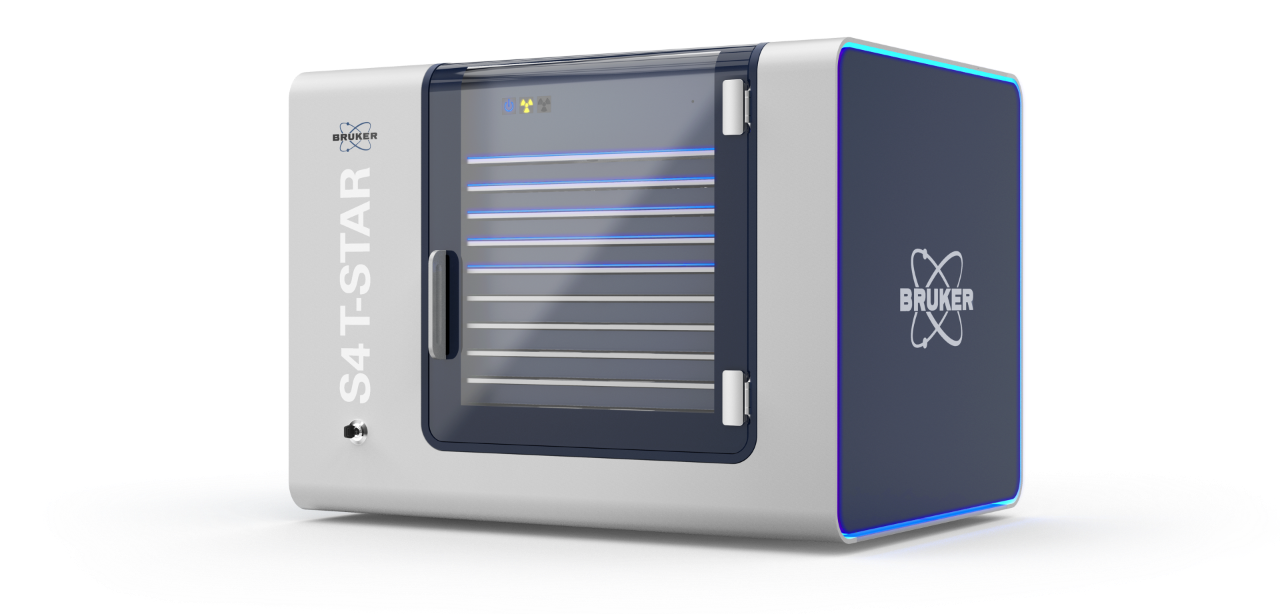Enhancing Clean Air Initiatives with TXRF Spectroscopy
Horizon Europe Projects using Total X-Ray Fluorescence Spectroscopy
Measurement of aerosol particles, including particulate matter and heavy metal emissions, is vital for enforcing air quality regulations to protect human health.
Total Reflection X-ray Fluorescence (TXRF) spectroscopy offers ultra-trace, multi-element analysis in-the-field without complex sample preparation, making it an ideal tool for clean air initiatives and real-time particulate monitoring, as demonstrated in these Horizon Europe projects.
The MI-TRAP Initiative: Mitigating Transport-Related Air Pollution in Europe
The new MI-TRAP initiative, part of Horizon Europe, aims to develop innovative solutions to the challenges of air quality in cities. One objective is to enable dynamic traffic, port, airport, and rail management through real-time air quality monitoring.
In an initial MI-TRAP project campaign the T-AERO package, for the direct sampling and trace element analysis of aerosols by TXRF spectroscopy, was recently tested in Florence, Italy.
On-site measurements with a portable TXRF spectrometer enabled the detection of elements such as Cr, Cu, Ni, As, and Pb in all runs.
Figure 1 shows an example of the development of the mass content of the elements Ni and Pb in the different size fractions during the four-day campaign with 14 sampling runs. Even with a short sampling time of one hour, detection limits in the pg/m³ range were achieved. Comparative measurements are currently being carried out using reference methods to validate the T-AERO concept in conjunction with TXRF.
The AEROMET Project (2021)
The AEROMET (Aerosol Metrology for Atmospheric Science and Air Quality) project lays the foundation and strengthens metrological frameworks for air quality monitoring in Europe. The overall aim of the project is to develop and demonstrate methods with improved traceability and sensitivity for aerosol composite analysis.
The effectiveness of the recently introduced EU countermeasures against air pollution depends on the excellence of the air quality metrology. Although metrics such as the mass concentration of airborne particulate matter (PM), including PM10 and PM2.5, are currently in use, the level of uncertainty is too high and the traceability is insufficient.
One specific objective of the AEROMET project is to apply mobile X-ray spectroscopy techniques combined with particle sampling techniques to quantify particle compositions in the field for real time analysis. Results are then corroborated by a backup lab-based reanalysis of samples.
During summer 2018 two on-site campaigns were conducted in Hungary and Italy. Aerosols were captured with different sampling technologies; for instance a Dekati 13 stage impactor, which fractionates particles in the range from 0.03 to 10 µm. Sampling was performed on acrylic discs, which were directly measured with one of Bruker's TXRF spectrometers without any further treatment. Even after short sampling times, toxic elements like Ni, Pb, As could be quantified and related to specific particle fractions.
Since publishing this research in 2021 the aerosol monitoring capabilities of our TXRF spectrometer range has been further enhanced with the T-AERO package, a spectroscopy solution for direct, on-site aerosol analysis.
Further Information
Horizon Europe Projects
The AEROMET and MI-TRAP projects received funding from the European Union's Horizon 2020 program.


